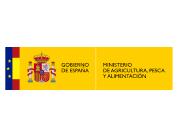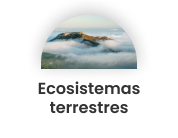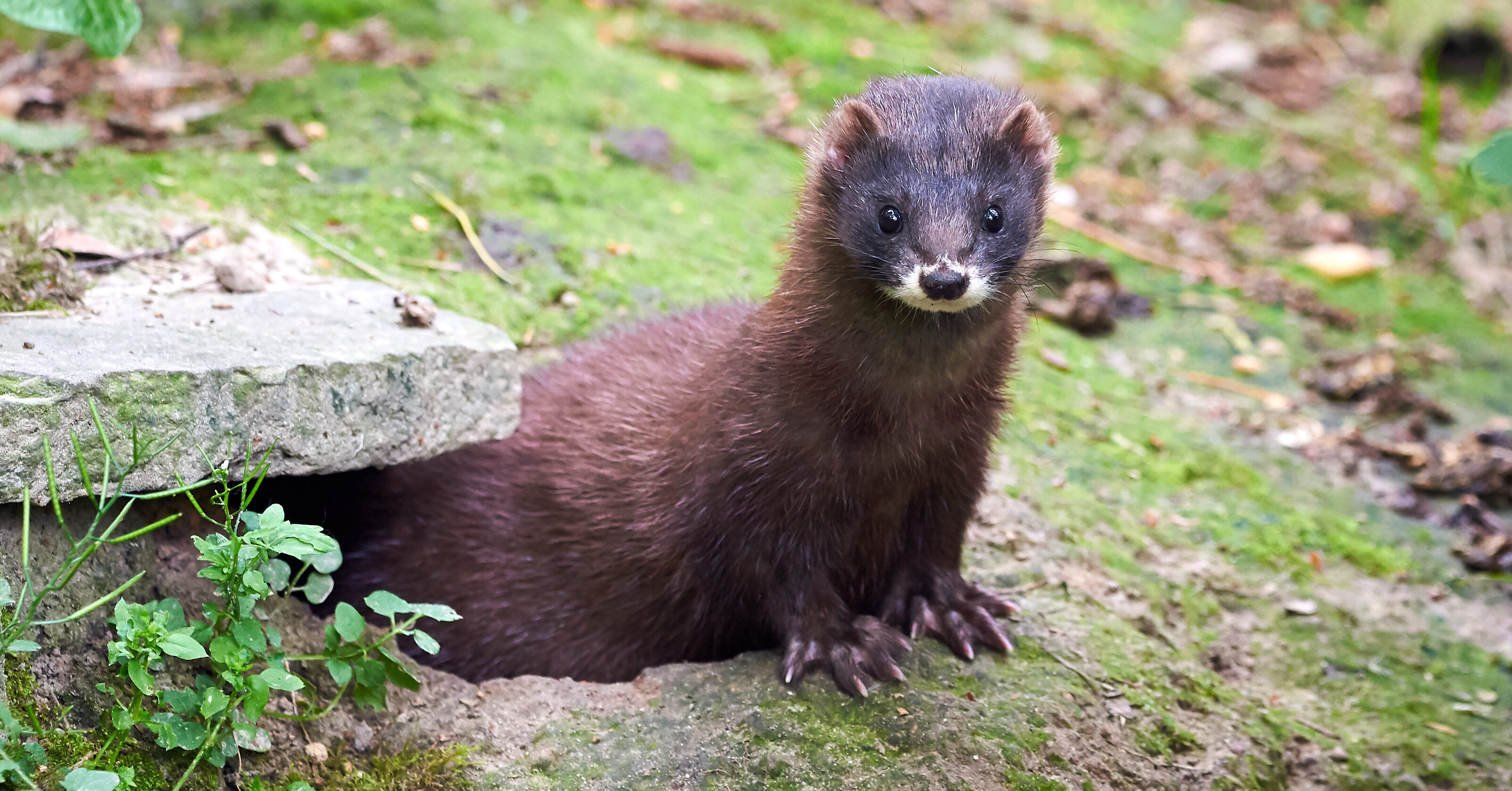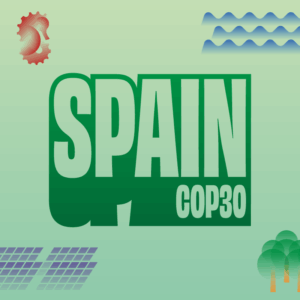
Ex situ conservation of European mink: genetic resource bank and its application to the study of viral epizootics relevant to this species (Visoncel).
MITECO
Line of action:
Terrestrial ecosystemsStatus:
FinalizadoExecution date:
2020End date:
2022Total budget:
107.033,33 €Amount of aid from the Biodiversity Foundation:
69.569.47 €The European mink(Mustela lutreola) is one of the most endangered species in Europe and is on the verge of extinction in the Iberian Peninsula. The precarious situation of the species requires the application of new ex situ conservation methodologies to complement existing conservation measures.
According to INIA, the creation of a European mink genetic resource bank and its cellular characterization contributes to avoiding the irreversible loss of biodiversity that occurs with the death of each specimen in the wild, in zoos or in breeding farms. In addition, it facilitates compliance with the “3Rs” principle (refinement, reduction and replacement), enabling the development of in vitro biological, genetic, toxicological and epidemiological studies, as well as its use in assisted reproduction technologies such as cloning by somatic cell nuclear transfer.
The objective of the project is the ex situ conservation of the European mink through the creation of a bank of genetic resources of the species, composed of oocytes, mesenchymal stem cells and primary epithelial cultures; and its application to the study of viral epizootics relevant to the species.
Its specific objectives are:
- Generate a bank of genetic resources of the species from different tissues of specimens found dead and from blood samples of live specimens from breeding centers.
- Characterization of the different primary cultures already established, as well as of the oocytes and future primary cultures obtained.
- To develop in vitro models of infection with Aleutian disease parvovirus (ADV) in the different isolated cell lines.
- Oocyte isolation from female specimens found dead.
- Isolation of mesenchymal stem cells (MSC).
- Isolation of primary epithelial cultures from skin (sEC) and oviduct (oEC) of dead specimens.
- Classification of the isolated oocytes according to morphological quality criteria established for the canine species, given their phylogenetic proximity and cryopreservation by vitrification.
- Morphological characterization of established primary cultures, cell expansion and serial cryopreservation until cell pass 5.
- Immunocytochemical characterization of primary cultures established by flow cytometry and fluorescence microscopy with surface and intracytoplasmic markers specific to epithelial and mesenchymal cells.
- Characterization of the degree of pluripotency of different MSC lines by alkaline phosphatase (AP).
- Characterization of the degree of pluripotency of MSC lines by in vitro differentiation assays towards adipocytic, chondrocytic and osteocytic cell lineages.
- Evaluation of European mink MSCs as potential in vitro diagnostic and research tools against SARS-CoV-2 infection.
- Dissemination and communication of the project.
- A biobank of mesenchymal stem cells and oocytes of European mink from specimens found dead in the Iberian Peninsula, free and in captivity, has been established for the first time.
- New mesenchymal cell lines have been isolated from different tissues: bone marrow, oral mucosa, cutaneous dermis, oviduct, endometrium, testicular and adipose tissue from two different depots, subcutaneous and ovarian.
- The European mink biobank will facilitate the conservation of the genetic variability of the species, the application of assisted reproduction techniques and the development of in vitro models for the study of the molecular mechanisms of infectious diseases that threaten the precarious situation of the species.


Ex situ conservation of European mink: genetic resource bank and its application to the study of viral epizootics relevant to this species (Visoncel).









 back to search
back to search 
